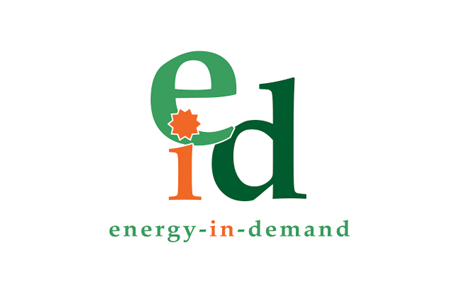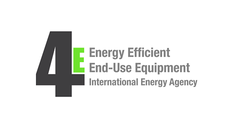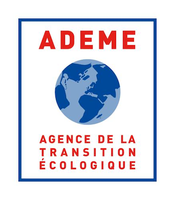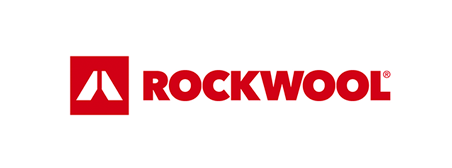Search eceee proceedings
Reducing post-harvest food losses through innovative, affordable, and sustainable cooling
Panel: 8. Innovations in products, systems and building technologies
This is a peer-reviewed paper.
Authors:
Sandeep Kachhawa, self employed, India
Rajagopal Sivakumar, Agri Valuechain Services Pvt Ltd, India
Abstract
Though India is a leading producer of food grains and horticultural crops globally, it stands 101st among 116 countries on the Global Hunger Index 2021. One leading reason for this paradox is improper post-harvest practices leading to rejection at the farm gate and delays in the distribution process, which wastes EUR3.7 billion every year. For fresh produce, the post-harvest losses are estimated at 35 % from production to consumption during harvesting and post-harvest activities. The high volume of losses, if reduced, can generate significant value and address food security concerns. Awareness of appropriate post-harvest processes, adoption of proper packaging, and access to affordable cooling can bring better remuneration to the producers and affordable prices to the consumers. Understanding the relation between post-harvest shelf-life extension and cooling requirement is essential to reduce post-harvest losses. The shelf-life extension through conventional cooling systems comes with energy, environmental, and monetary costs. The authors firstly emphasise optimum (minimum) temperature reductions for key tropical fruits and vegetables to ensure their fresh supply to the end consumers while minimising the energy requirements. Evaporative cooling in dry regions with lower relative humidity levels offers a sustainable solution to meet the challenges of reducing post-harvest losses. Evaporative cooling reduces air temperature to within a few degrees of the wet-bulb temperature of the outside air and is frequently used in dry climatic regions for comfort cooling. The natural conditions of the lower dry-bulb and the water temperature prevailing at night and early morning time provide an opportunity to use evaporative cooling for pre-cooling effectively. In lower night-time air temperatures, the harvested produce can be cooled to some degree by ventilation alone. The authors propose cooling the harvested produce by recovering the coolth from the night air and water through evaporative cooling to pre-cool the produce in an insulated cabin mounted on the tractor-trailer or a similar vehicle commonly available near farms. It is an innovative and versatile solution to extend the post-harvest shelf-life with easy access to cooling at an affordable cost to the farmers. The night temperature of underground well water (generally used for irrigation purposes) is also cooler, further helping the evaporative cooling to reduce the produce temperature by 5 °C lower than the harvest temperature. When mounted in the tractor-trailer a mobile pre-cooler can easily pre-cool the produce to up to 25 °C or lower, thus extending the shelf life and freshness of the produce by 1 to 2 days. This increased shelf life by a few days will support small farmers to sell the produce to better prices in the market. The avoided post-harvest losses of a mere 5% translate to feeding nutritious fruits and vegetables for 2.7 million hungry people daily every year.
Downloads
Download this paper as pdf: 8-198-22_Sivakumar.pdf
Panels of
1. Dynamics of consumption: less is more?
2. Efficiency and beyond: innovative energy demand policies
3. Policy, finance and governance
4. Monitoring and evaluation for a wise, just and inclusive transition
5. Towards sustainable and resilient communities
6. Energy-efficient and low-carbon mobility for all
7. Policies and programmes for better buildings
8. Innovations in products, systems and building technologies



























